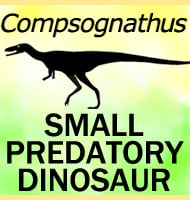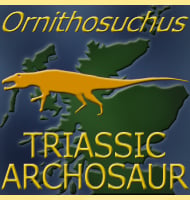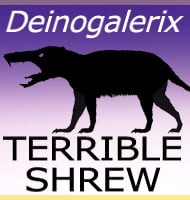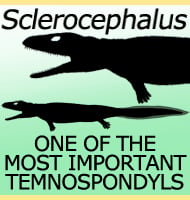In Depth
At the time of writing Tratayenia is only known from a partial post cranial remains, mostly associated with the spine and hips, but the discovery of even these scant remains has significantly improved our understanding of the South American dinosaurs in the Cretaceous. It was long thought that carcharodontosaurid theropod dinosaurs (e.g. Mapusaurus) were the main predators in South America during the early Cretaceous, before abelisaurid theropod dinosaurs (e.g. Carnotaurus) became dominant in the late Cretaceous. Tratayenia however belongs to neither of these two groups, Tratayenia was a megaraptoran theropod. While other genera of megaraptoan theropods (such as Megaraptor) were already known to have been present in South America, the presence of Tratayenia in Santonian aged deposit proves that the large predatory dinosaurs of South America were far more diverse in their types throughout the Cretaceous than previously thought.
Although we don’t yet know for certain, Tratayenia would be expected to have had enlarged claws on its hands as these seem to have been a recurring feature on other megaraptoran dinosaurs where the hands are known. Indeed, when these hand claws were first found they were thought to have been the toe claws of very large dromaeosaurids, hence the name Megaraptor for the type genus of the group. At an estimated length of eight meters for the holotype individual, Tratayenia might not have been the biggest predator in South America, but still big enough to have been a serious threat to other dinosaurs.
Other dinosaur genera that Tratayenia might have come into contact with include Viavenator, Velocisaurus, Traukutitan, Alvarezsaurus and Mahuidacursor.
Further Reading
- A new megaraptoran theropod dinosaur from the Upper Cretaceous Bajo de la Carpa Formation of northwestern Patagonia. - Cretaceous Research 89:302-319. - J. D. Porfiri, R. D. Ju�rez Valieric, D. D. D. Santos & M. C. Lamanna - 2018.









